Revolution XRISM: New Discoveries About Supermassive Black Holes
Revolution XRISM: New Discoveries About Supermassive Black Holes
Revolution XRISM: New Discoveries About Supermassive Black Holes
Oct 15, 2024
Oct 15, 2024
Oct 15, 2024

Black hole in universe. Credit: Getty Images via Canva.
Black hole in universe. Credit: Getty Images via Canva.
Black hole in universe. Credit: Getty Images via Canva.
The XRISM mission has significantly improved our understanding of supermassive black holes through notable advancements. Discover how new X-ray data reveal unprecedented details about accretion disks and gas loss in black holes.
The XRISM mission has significantly improved our understanding of supermassive black holes through notable advancements. Discover how new X-ray data reveal unprecedented details about accretion disks and gas loss in black holes.
The XRISM mission has significantly improved our understanding of supermassive black holes through notable advancements. Discover how new X-ray data reveal unprecedented details about accretion disks and gas loss in black holes.
The XRISM (X-Ray Imaging and Spectroscopy Mission) has significantly advanced our understanding of supermassive black holes by revealing unprecedented details about these enigmatic cosmic objects. By collecting high-resolution X-ray spectra, the mission deepens our knowledge of the environments surrounding black holes, opening new frontiers in astrophysics.
Accretion Disks More Complex Than Imagined
One of XRISM's most impressive discoveries is the confirmation that accretion disks—composed of gas and dust orbiting black holes—are far more complex than previously thought. Rather than being flat, these disks are distorted with thicker outer edges. XRISM provided the strongest evidence yet of these deformations, offering a new perspective on the material dynamics near black holes.
Tracing Gas Loss in Black Holes
Beyond mapping accretion disk structures, XRISM investigates how black holes lose gas. While earlier theories posited that significant amounts of gas escape from the disks, XRISM observes this process in detail. For the first time, scientists can track the fate of this escaping matter, gaining a better understanding of the cycle of matter and energy around supermassive black holes.
XRISM Fills Critical Observational Gap
XRISM contributes to bridging a significant gap in astronomical observations. It enables the study of black holes on small scales and their effects on entire galaxies, covering an impressive range of five orders of magnitude. This extensive coverage is vital for comprehending how gas flow around black holes influences galactic evolution.
Advanced Technology and Cutting-Edge Spectroscopy
Central to the XRISM mission is the "Resolve" microcalorimeter, a cutting-edge instrument offering energy resolution ten times greater than its predecessors. This technological leap enables researchers to precisely analyze the energies of X-rays emanating from the surroundings of black holes, mapping these mysterious and turbulent environments in unprecedented detail.
Building on Previous Missions
Building on the achievements of previous missions like Chandra and Hitomi, XRISM surpasses their limitations. It provides vital data for black hole research by combining past successes with solutions to earlier challenges.
First Results Surprise Researchers
The initial data from XRISM have astonished scientists. The early findings offer groundbreaking insights, and the level of detail achieved surpasses the team's expectations. By addressing a longstanding gap in black hole research, XRISM provides data that promises to revolutionize our understanding of these extreme cosmic regions for years to come.
This mission inaugurates a new era in the study of black holes, with the potential to answer fundamental questions about the behavior and effects of these enigmatic entities in the cosmos.
—
Understand how the XRISM mission is changing astrophysics with unprecedented discoveries about black holes. Read more about this study here.
The XRISM (X-Ray Imaging and Spectroscopy Mission) has significantly advanced our understanding of supermassive black holes by revealing unprecedented details about these enigmatic cosmic objects. By collecting high-resolution X-ray spectra, the mission deepens our knowledge of the environments surrounding black holes, opening new frontiers in astrophysics.
Accretion Disks More Complex Than Imagined
One of XRISM's most impressive discoveries is the confirmation that accretion disks—composed of gas and dust orbiting black holes—are far more complex than previously thought. Rather than being flat, these disks are distorted with thicker outer edges. XRISM provided the strongest evidence yet of these deformations, offering a new perspective on the material dynamics near black holes.
Tracing Gas Loss in Black Holes
Beyond mapping accretion disk structures, XRISM investigates how black holes lose gas. While earlier theories posited that significant amounts of gas escape from the disks, XRISM observes this process in detail. For the first time, scientists can track the fate of this escaping matter, gaining a better understanding of the cycle of matter and energy around supermassive black holes.
XRISM Fills Critical Observational Gap
XRISM contributes to bridging a significant gap in astronomical observations. It enables the study of black holes on small scales and their effects on entire galaxies, covering an impressive range of five orders of magnitude. This extensive coverage is vital for comprehending how gas flow around black holes influences galactic evolution.
Advanced Technology and Cutting-Edge Spectroscopy
Central to the XRISM mission is the "Resolve" microcalorimeter, a cutting-edge instrument offering energy resolution ten times greater than its predecessors. This technological leap enables researchers to precisely analyze the energies of X-rays emanating from the surroundings of black holes, mapping these mysterious and turbulent environments in unprecedented detail.
Building on Previous Missions
Building on the achievements of previous missions like Chandra and Hitomi, XRISM surpasses their limitations. It provides vital data for black hole research by combining past successes with solutions to earlier challenges.
First Results Surprise Researchers
The initial data from XRISM have astonished scientists. The early findings offer groundbreaking insights, and the level of detail achieved surpasses the team's expectations. By addressing a longstanding gap in black hole research, XRISM provides data that promises to revolutionize our understanding of these extreme cosmic regions for years to come.
This mission inaugurates a new era in the study of black holes, with the potential to answer fundamental questions about the behavior and effects of these enigmatic entities in the cosmos.
—
Understand how the XRISM mission is changing astrophysics with unprecedented discoveries about black holes. Read more about this study here.
The XRISM (X-Ray Imaging and Spectroscopy Mission) has significantly advanced our understanding of supermassive black holes by revealing unprecedented details about these enigmatic cosmic objects. By collecting high-resolution X-ray spectra, the mission deepens our knowledge of the environments surrounding black holes, opening new frontiers in astrophysics.
Accretion Disks More Complex Than Imagined
One of XRISM's most impressive discoveries is the confirmation that accretion disks—composed of gas and dust orbiting black holes—are far more complex than previously thought. Rather than being flat, these disks are distorted with thicker outer edges. XRISM provided the strongest evidence yet of these deformations, offering a new perspective on the material dynamics near black holes.
Tracing Gas Loss in Black Holes
Beyond mapping accretion disk structures, XRISM investigates how black holes lose gas. While earlier theories posited that significant amounts of gas escape from the disks, XRISM observes this process in detail. For the first time, scientists can track the fate of this escaping matter, gaining a better understanding of the cycle of matter and energy around supermassive black holes.
XRISM Fills Critical Observational Gap
XRISM contributes to bridging a significant gap in astronomical observations. It enables the study of black holes on small scales and their effects on entire galaxies, covering an impressive range of five orders of magnitude. This extensive coverage is vital for comprehending how gas flow around black holes influences galactic evolution.
Advanced Technology and Cutting-Edge Spectroscopy
Central to the XRISM mission is the "Resolve" microcalorimeter, a cutting-edge instrument offering energy resolution ten times greater than its predecessors. This technological leap enables researchers to precisely analyze the energies of X-rays emanating from the surroundings of black holes, mapping these mysterious and turbulent environments in unprecedented detail.
Building on Previous Missions
Building on the achievements of previous missions like Chandra and Hitomi, XRISM surpasses their limitations. It provides vital data for black hole research by combining past successes with solutions to earlier challenges.
First Results Surprise Researchers
The initial data from XRISM have astonished scientists. The early findings offer groundbreaking insights, and the level of detail achieved surpasses the team's expectations. By addressing a longstanding gap in black hole research, XRISM provides data that promises to revolutionize our understanding of these extreme cosmic regions for years to come.
This mission inaugurates a new era in the study of black holes, with the potential to answer fundamental questions about the behavior and effects of these enigmatic entities in the cosmos.
—
Understand how the XRISM mission is changing astrophysics with unprecedented discoveries about black holes. Read more about this study here.
Compartir en:
Compartir en:
Ver También
Ver También

DeepSeek AI: el chatbot chino que está sacudiendo el mercado global
Feb 7, 2025

Estudio revela que la vida social activa puede reducir el riesgo de demencia
Feb 4, 2025

Año nuevo lunar 2025: la llegada del año de la serpiente
Jan 30, 2025

Nueva hipótesis sobre el origen de los dinosaurios desafía conceptos tradicionales
Jan 27, 2025
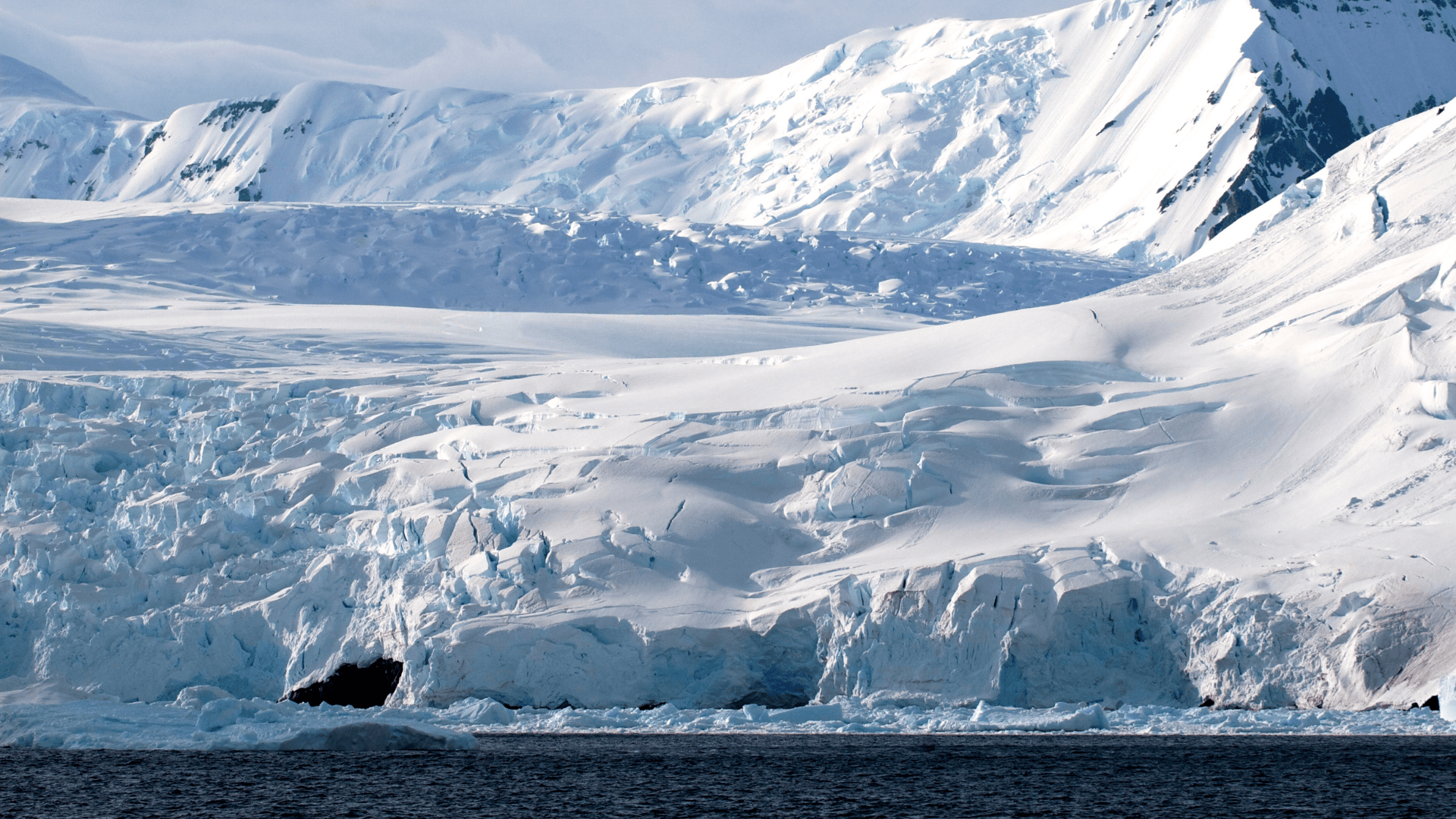
Colapso de la plataforma de hielo Conger: alerta para la Antártida Oriental
Dec 20, 2024

Emociones y el cuerpo humano: conexiones milenarias en textos neoasirios
Dec 20, 2024

Un estudio relaciona la contaminación atmosférica con el riesgo de tromboembolia venosa
Dec 20, 2024
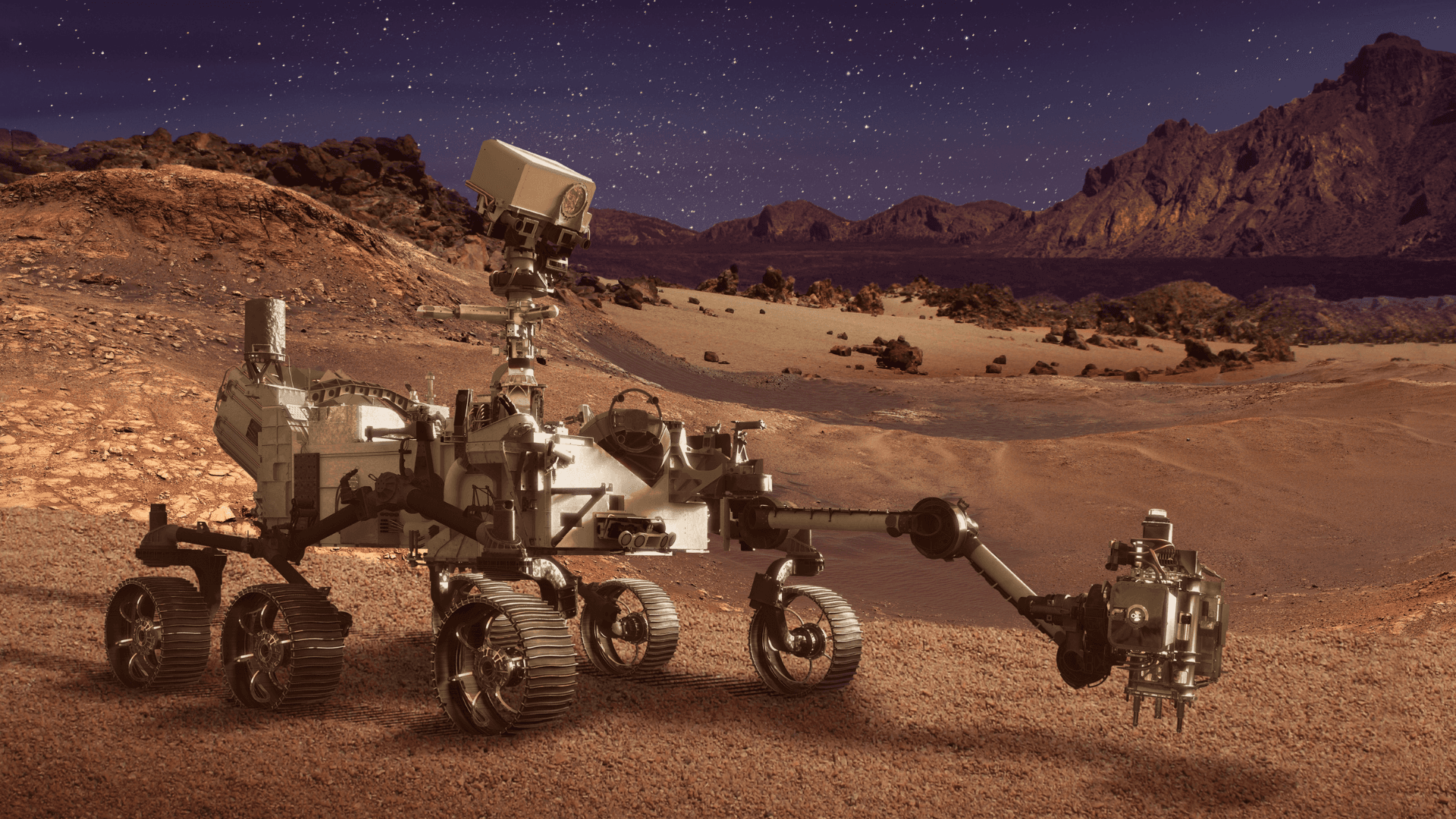
Ambiente potencialmente habitable en Marte descubierto por Perseverance
Dec 20, 2024

Revolución XRISM: Nuevos descubrimientos sobre agujeros negros supermasivos
Oct 15, 2024

Estudio aponta que la duplicación del gen AMY1, relacionado con la digestión del almidón, precede a la agricultura
Oct 14, 2024

Nacimientos en la UE caen por debajo de los 4 millones por primera vez desde 1960
Oct 11, 2024

Excavación en Dinamarca revela 50 esqueletos Viking increíblemente preservados
Oct 10, 2024

Estudio detecta mayor incidencia de asma y rinitis alérgica en personas nacidas en otoño e invierno en Finlandia
Oct 9, 2024

Estudio señala similitudes entre la pubertad de adolescentes de la Edad de Hielo y jóvenes modernos
Oct 8, 2024
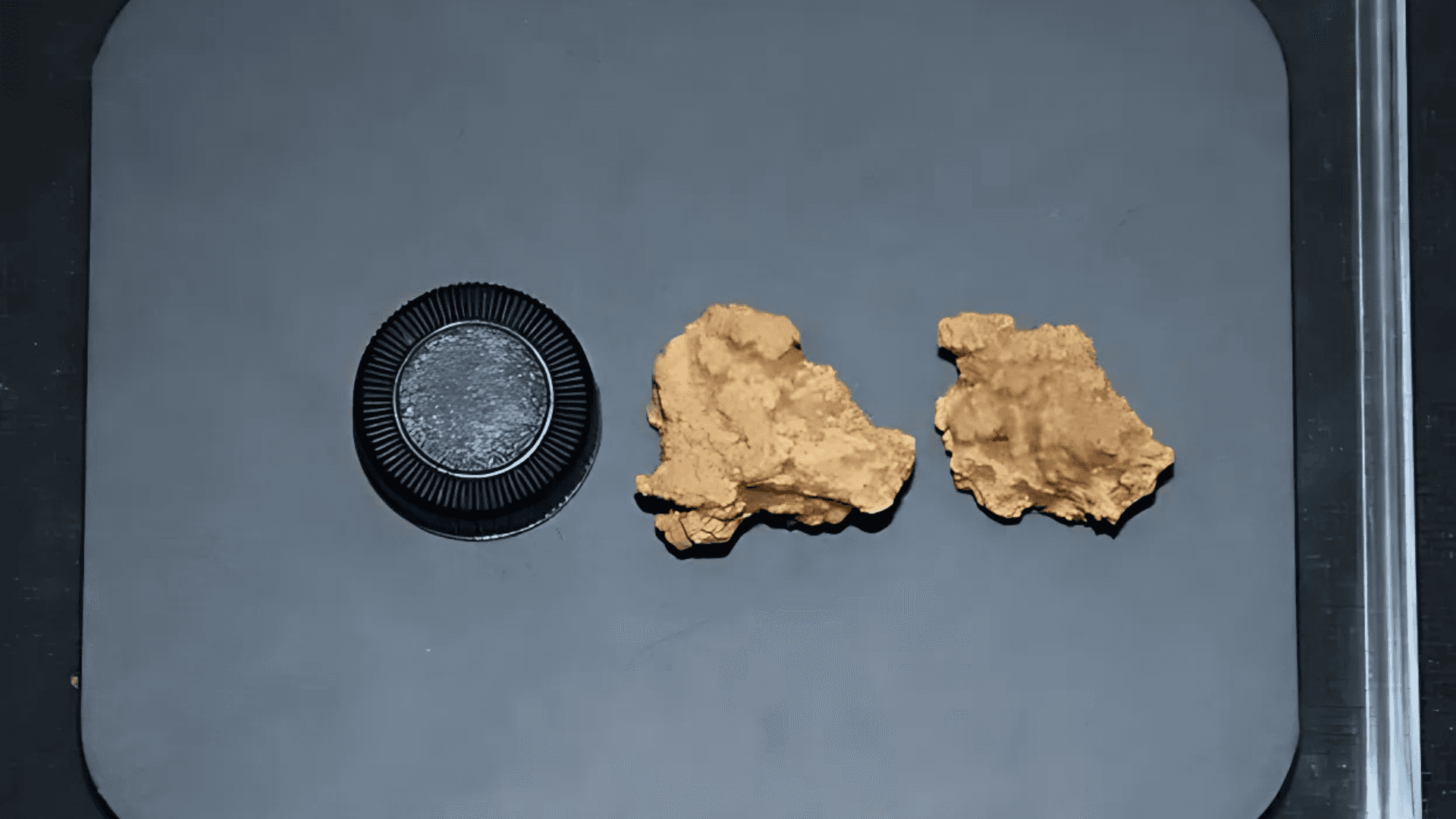
Análisis de ADN en momias chinas de 3.600 años revela el queso más antiguo del mundo
Oct 7, 2024
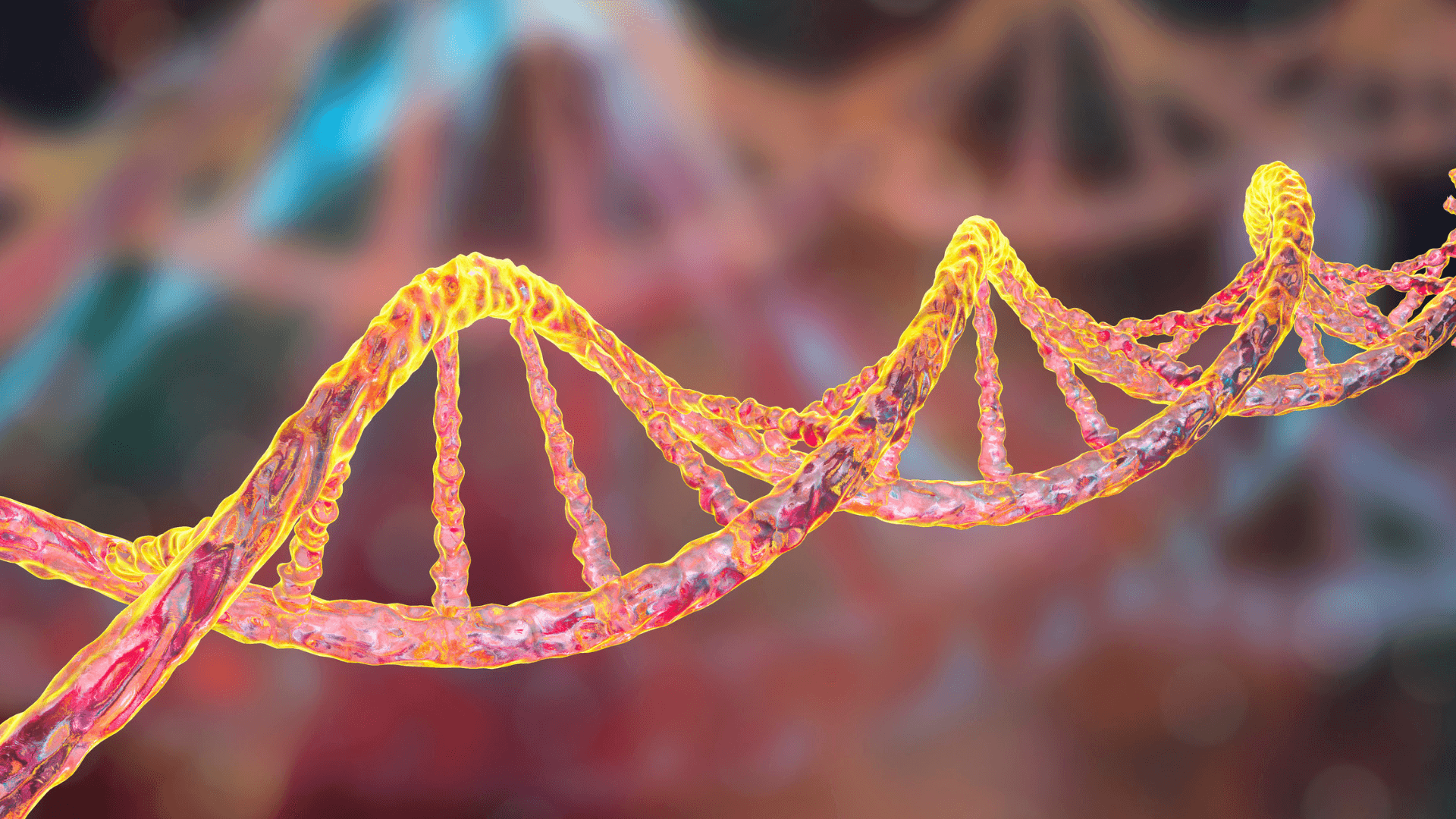
Estudio revela estabilidad genética de poblaciones del África Austral durante 10 milenios
Oct 4, 2024
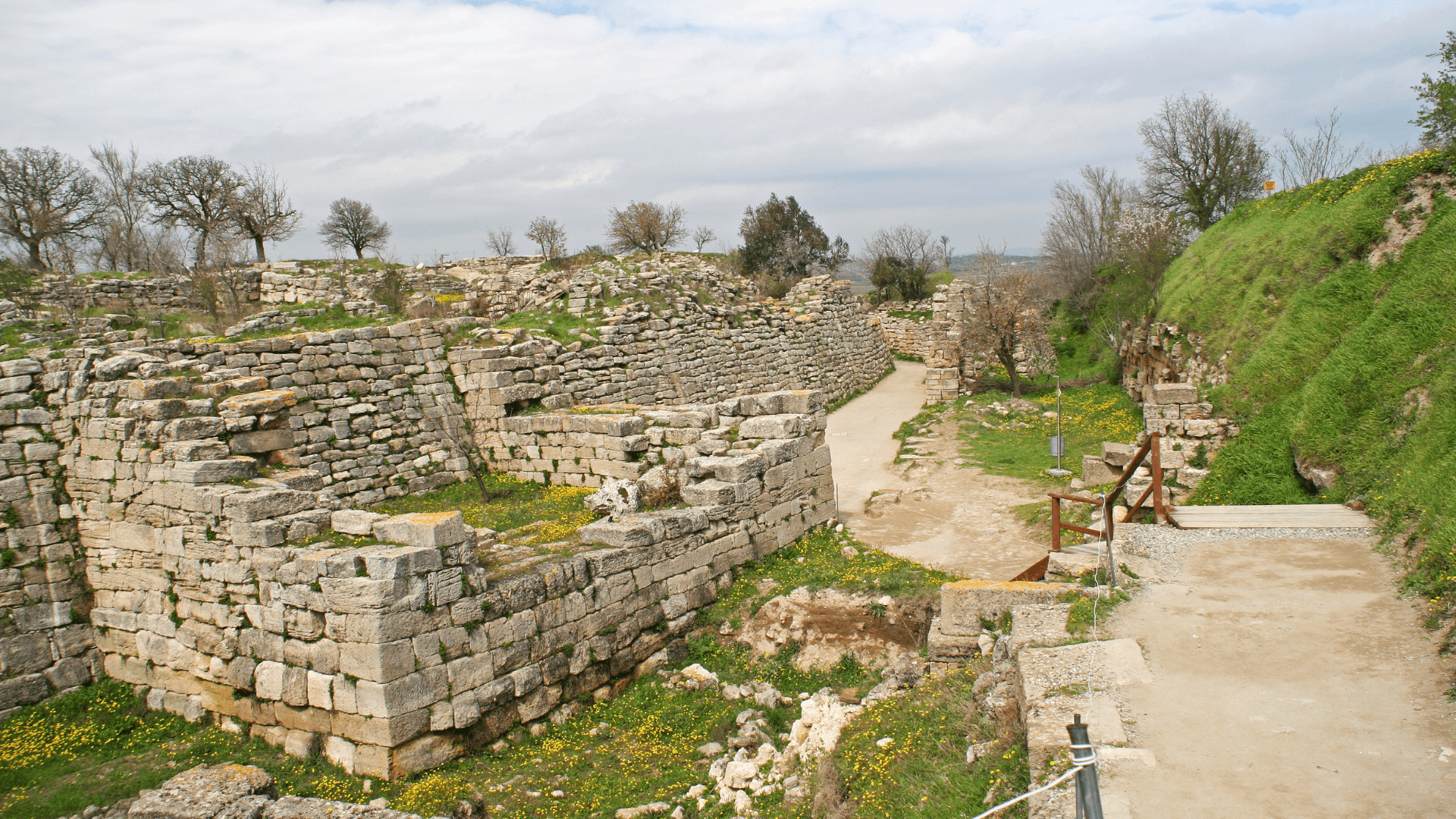
Nueve lugares míticos que podrían haber existido, según descubrimientos arqueológicos
Oct 3, 2024

Cómo los derechos humanos pueden salvar los arrecifes de coral y responsabilizar a los gobiernos
Oct 2, 2024

Informe de Carbon Brief señala que 2024 podría ser el año más cálido de la historia
Sep 4, 2024

El clima determina la distribución de mamíferos, revela estudio de la Universidad Estatal de Carolina del Norte
Sep 4, 2024

DeepSeek AI: el chatbot chino que está sacudiendo el mercado global
Feb 7, 2025

Estudio revela que la vida social activa puede reducir el riesgo de demencia
Feb 4, 2025

Año nuevo lunar 2025: la llegada del año de la serpiente
Jan 30, 2025

Nueva hipótesis sobre el origen de los dinosaurios desafía conceptos tradicionales
Jan 27, 2025

Colapso de la plataforma de hielo Conger: alerta para la Antártida Oriental
Dec 20, 2024

Emociones y el cuerpo humano: conexiones milenarias en textos neoasirios
Dec 20, 2024

Un estudio relaciona la contaminación atmosférica con el riesgo de tromboembolia venosa
Dec 20, 2024

Ambiente potencialmente habitable en Marte descubierto por Perseverance
Dec 20, 2024

Revolución XRISM: Nuevos descubrimientos sobre agujeros negros supermasivos
Oct 15, 2024

Estudio aponta que la duplicación del gen AMY1, relacionado con la digestión del almidón, precede a la agricultura
Oct 14, 2024

Nacimientos en la UE caen por debajo de los 4 millones por primera vez desde 1960
Oct 11, 2024

Excavación en Dinamarca revela 50 esqueletos Viking increíblemente preservados
Oct 10, 2024

Estudio detecta mayor incidencia de asma y rinitis alérgica en personas nacidas en otoño e invierno en Finlandia
Oct 9, 2024

Estudio señala similitudes entre la pubertad de adolescentes de la Edad de Hielo y jóvenes modernos
Oct 8, 2024

Análisis de ADN en momias chinas de 3.600 años revela el queso más antiguo del mundo
Oct 7, 2024

Estudio revela estabilidad genética de poblaciones del África Austral durante 10 milenios
Oct 4, 2024

Nueve lugares míticos que podrían haber existido, según descubrimientos arqueológicos
Oct 3, 2024

Cómo los derechos humanos pueden salvar los arrecifes de coral y responsabilizar a los gobiernos
Oct 2, 2024

Informe de Carbon Brief señala que 2024 podría ser el año más cálido de la historia
Sep 4, 2024

El clima determina la distribución de mamíferos, revela estudio de la Universidad Estatal de Carolina del Norte
Sep 4, 2024